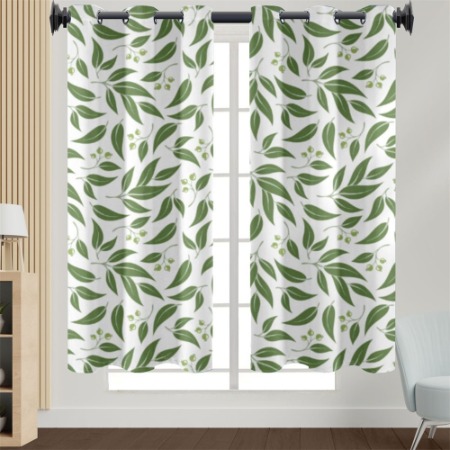African wax imitation fabric is a popular style of textile that has become widely sold across Africa. They are a vibrant print fabric that can be used to create a variety of clothing, accessories and other products. It is also known as Kitenge, Ankara or Chitenge and has become very popular in both Europe and Africa.
The history of African wax print fabrics (known as Ankara in West Africa and Kitenge in East Africa) is a complicated one. They were first produced in Indonesia but later European traders started to replicate them using modern machinery.

These patterns are printed onto cotton fabric which is woven and dyed with natural dyes, usually using palm fibres. These are then rolled and hand-stitched to create the intricate patterns that make these cloths so unique.
It is important to note that many of these fabrics are not 100% cotton as some Asian producers use cheaper grades of cotton or mix them with other fibres such as polyester to reduce the price. This is why the quality of these fabrics is often not as good as the authentic ones.
Another factor that can help you tell the difference between an authentic and fake fabric is how it feels to the touch. If the fabric feels hard and stiff or if it feels harsh and dry then it could be an imitation.
The main reason that many authentic African wax print fabrics are becoming less popular is because of Asian copycats who have been producing cheap copies of these designs since the 1990s. This is a big threat to the African textile industry as several mills are closing and skilled local workers are losing their jobs.

 English
English Español
Español








